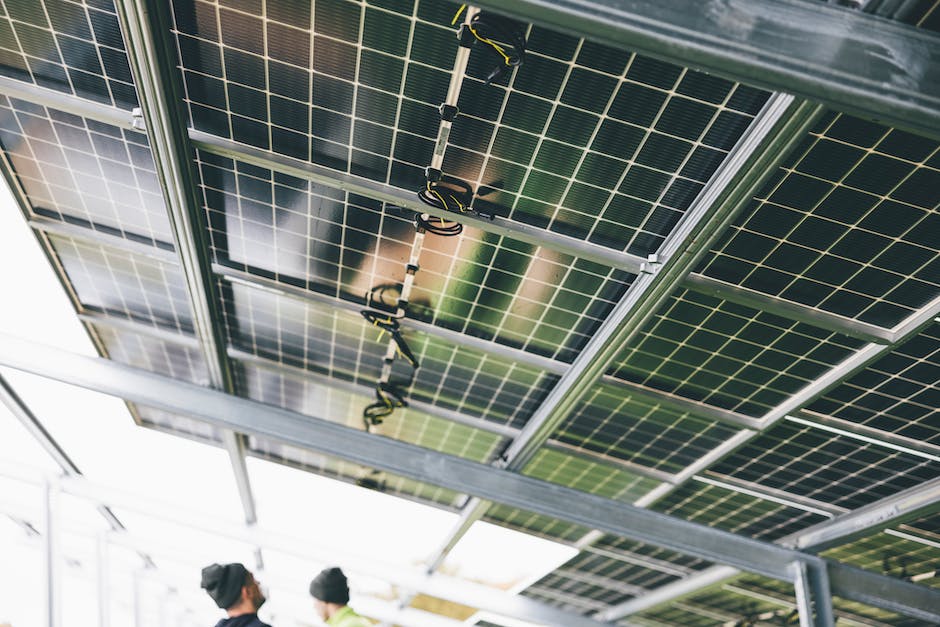Renewable energy plays a crucial role in the energy transition and long-term structural changes in energy systems to achieve zero emissions. This article will consider the latest technology trends in the renewable energy market.
Energy transition and renewable energy trends 2023
Every year, in many countries of the world, the problem of providing various types of energy is becoming increasingly acute. The main reasons for this situation are the lack and depletion of traditional energy sources (coal, oil, and natural gas). The energy problem can be solved by rationally using existing natural energy sources, that is, by implementing an energy and resource-saving policy or using new non-traditional and renewable energy sources. Renewable energy sources are considered a necessary alternative to fossil fuels. Wind energy, solar and thermal energy, and biogas can be used as renewable sources. Their use provides several advantages, as it reduces greenhouse gas emissions and, at the same time, contributes to solving the problem of climate change. In such conditions, the use of non-traditional and renewable sources of energy (energy from the sun, biomass, heat of the earth, wind, and other types) becomes especially important. They will make it possible to significantly replenish the energy balance of individual regions and the country. In this way, it is necessary to create a fundamentally new energy supply system that enables national economic objects to gain significant energy independence for their development.
A number of advantages of regenerative electricity can explain the great demand for the construction of wind and solar power plants:
- minimal damage to the environment;
- the inexhaustibility of sources of electricity;
- ensuring energy independence of the state;
- wind and solar power plants do not use water during operation – this is a necessary factor for territories with a shortage of water resources;
- the construction of solar and wind power plants is economically justified, and usually, the payback period does not exceed five years;
- in case of emergencies at solar or wind power plants, there is no negative impact on the environment.
The latest technologies in the industry
Technologies of renewable energy sources have already reached the necessary technical and economic level for wide implementation. They make it possible to meet the needs of all people without exception in electricity, even where there was no hope of affordable electrification before while replacing old fossil fuel power plants. Combined with energy storage and conversion technologies, they can fully meet society’s energy needs in the future.
Since the field of renewable energy is innovative, it should be considered when building a knowledge management system at the enterprise. In general, approaches to knowledge management in innovation activities are universal but require adaptation to a specific industry.
Automating technological processes, developing smart grids (SmartGrids), artificial intelligence (Artificial intelligence), and innovative digital business platforms will allow effective management of energy supply and consumption modes. New technological solutions – a wide variety of generating capacities (for example, renewable energy sources or energy storage) and energy-consuming installations (for example, household appliances, electric cars, etc.) will allow balancing the demand and supply of energy. Moreover, using artificial intelligence (AI) technologies becomes not only a way to reveal new opportunities in the organization of the energy supply process for consumers’ needs but also an effective tool for ensuring sustainable development and operational security of energy supply systems.
So, a global electric power system built exclusively on renewable energy is no longer a long-term prospect but an immediate reality. According to IRENA forecasts, in 2020, renewable energy sources, primarily solar and wind energy, will become the cheapest types of electricity generation in the world.

